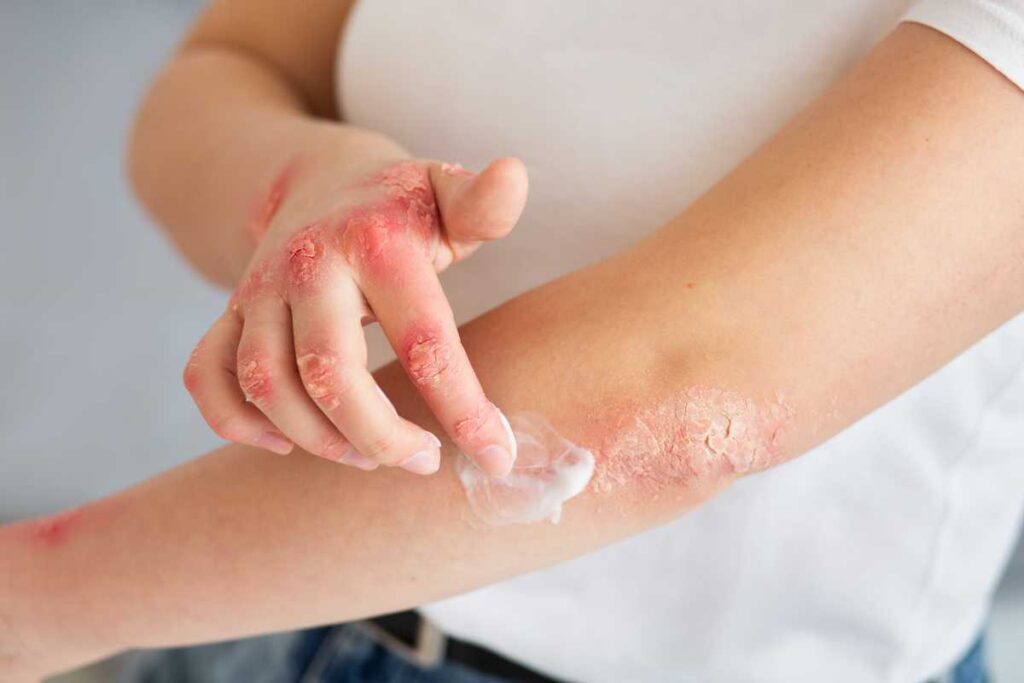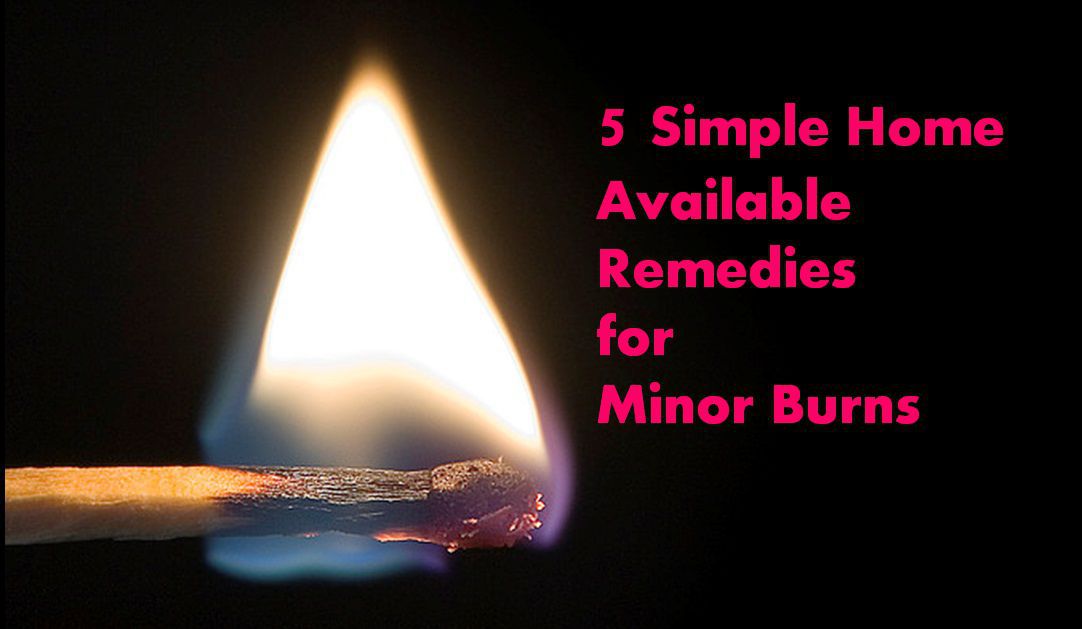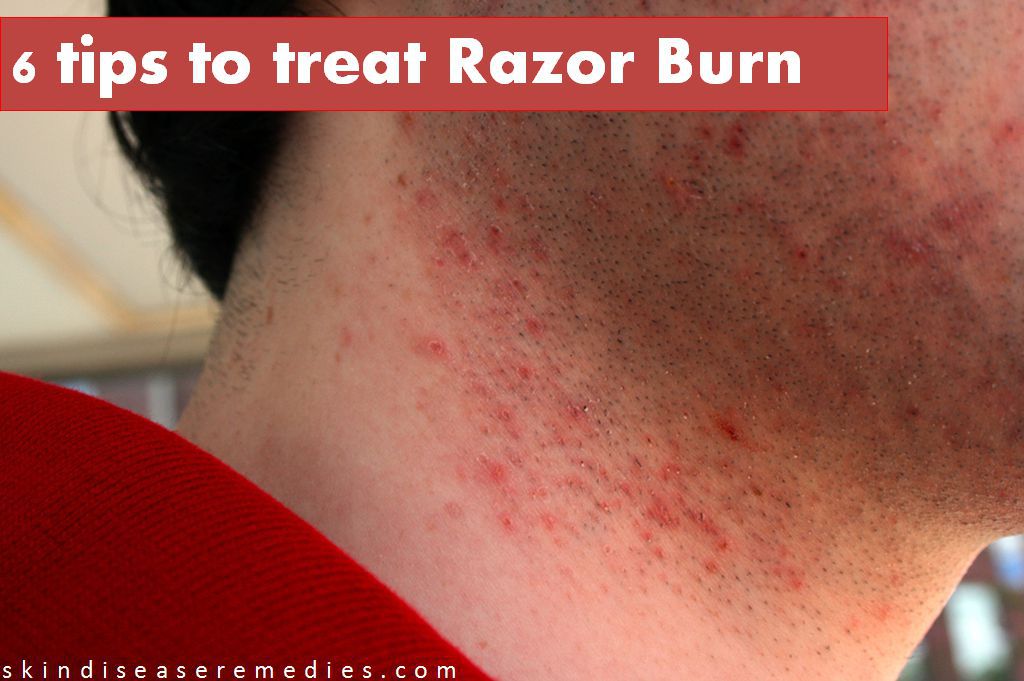Chemical burns are injuries caused by exposure to corrosive substances, which can result in significant tissue damage. These burns can occur in various settings, including homes, workplaces, and industrial environments. Understanding the common causes, symptoms, and treatment options for chemical burns is crucial for preventing serious injuries and ensuring proper care when incidents occur. In this blog, we will explore these aspects in detail.
What is a Chemical Burn?
A chemical burn occurs when skin or other tissues come into contact with a harmful chemical agent. These burns can result from acids, bases, solvents, or other corrosive substances. Depending on the severity of the exposure, chemical burns can range from mild irritation to deep tissue damage requiring medical intervention.
Common Causes of Chemical Burns

- Household Chemicals
- Cleaning Products: Many common cleaning agents, such as bleach, drain cleaners, and oven cleaners, contain harsh chemicals that can cause burns upon skin contact.
- Pesticides: Chemicals used in pesticides can also lead to burns, especially if they are handled improperly or without protective equipment.
- Industrial Chemicals
- Acids and Bases: Strong acids (like sulfuric or hydrochloric acid) and strong bases (like sodium hydroxide) are common in various industrial settings and can cause severe burns.
- Solvents: Organic solvents such as acetone and benzene can also cause chemical burns, particularly with prolonged exposure.
- Cosmetic Products
- Hair Dye and Bleaches: Certain hair dyes and bleaching agents can cause chemical burns on the scalp or skin if not used properly.
- Skin Care Products: Some skincare products containing alpha hydroxy acids (AHAs) or other active ingredients may lead to chemical burns, especially if used in excessive amounts.
- Laboratory Chemicals
- Research and Education Settings: Laboratories often use various chemicals that can cause burns if mishandled or if protective gear is not worn.
Symptoms of Chemical Burns
The symptoms of a chemical burn can vary based on the chemical involved, the duration of exposure, and the extent of the injury. Common symptoms include:
- Redness and Inflammation: Initial signs often include redness, swelling, and warmth in the affected area.
- Pain and Discomfort: A burning sensation, pain, or tenderness may be felt immediately after contact.
- Blisters: Fluid-filled blisters may develop in more severe cases, indicating damage to the skin layers.
- Peeling Skin: As the burn heals, the affected skin may begin to peel.
- Dryness and Itching: The burned area may feel dry and itchy as it heals.
- Discoloration: The skin may appear darker or lighter than the surrounding areas as it heals.
Severe Symptoms
In cases of severe chemical burns, additional symptoms may occur, including:
- Severe Pain: Intense pain that does not subside may indicate a deeper injury.
- Necrosis: Tissue death in the affected area may occur, leading to blackened or charred skin.
- Systemic Reactions: Exposure to highly toxic chemicals can cause systemic symptoms, such as nausea, vomiting, or difficulty breathing.
Treatment of Chemical Burns
The treatment of chemical burns depends on the severity of the burn, the type of chemical involved, and the duration of exposure. Here are steps to follow for effective treatment:
Immediate First Aid
- Remove the Source of Exposure:
- Rinse Thoroughly: Immediately flush the affected area with copious amounts of lukewarm water for at least 15–20 minutes. This helps dilute and remove the chemical. If the chemical is in the eyes, rinse the eyes for at least 15 minutes while keeping the eyelids open.
- Remove Contaminated Clothing: Take off any clothing or jewelry that has come into contact with the chemical to prevent further skin exposure.
- Assess the Severity:
- Mild Burns: For minor chemical burns, after rinsing, gently pat the area dry and apply a sterile dressing or a non-stick bandage.
- Severe Burns: If blisters develop, or if the burn covers a large area or is deep, seek immediate medical attention.
Medical Treatment
- Emergency Care:
- In cases of severe burns, go to the emergency room or call emergency services. Provide details about the chemical involved, as this will help medical professionals determine the best course of action.
- Pain Management:
- Over-the-counter pain relievers like ibuprofen or acetaminophen may be recommended to alleviate pain. Follow your healthcare provider’s advice regarding medication.
- Wound Care:
- Medical professionals may clean the burn, remove dead tissue, and apply specialized dressings to promote healing.
- Topical antibiotics may be prescribed to prevent infection.
- Monitoring and Follow-Up:
- Regular follow-up appointments may be necessary to monitor healing and address any complications. In severe cases, physical therapy may be needed to restore function.

When to Seek Medical Attention
You should seek medical attention for a chemical burn if:
- The burn is large (greater than the size of your palm).
- The burn involves the face, hands, feet, or genitals.
- Blisters develop or the burn appears deep.
- You experience severe pain that does not improve.
- You know or suspect that a dangerous chemical caused the burn.
Prevention of Chemical Burns
Preventing chemical burns is crucial to ensure safety when handling hazardous substances. Here are some effective strategies:
- Wear Protective Gear: Always use appropriate personal protective equipment (PPE), including gloves, goggles, and masks when handling chemicals.
- Read Labels and Safety Data Sheets (SDS): Familiarize yourself with the safety information provided on product labels and SDS documents to understand the risks and safe handling procedures.
- Store Chemicals Safely: Keep chemicals in secure, labeled containers out of reach of children and pets. Store incompatible substances separately to prevent reactions.
- Educate and Train: If you work in an environment that uses hazardous chemicals, ensure all personnel receive proper training on handling and emergency procedures.
Conclusion
Chemical burns can result from various common substances, leading to painful injuries that require prompt attention. By understanding the causes, recognizing the symptoms, and knowing how to treat chemical burns, you can effectively respond to these injuries and minimize their impact. Remember, prevention is the key to safety. Always take precautions when working with or around chemicals to protect yourself and others from potential harm. If you experience a chemical burn, seek appropriate medical care to ensure the best outcome for recovery.


